Sustainability and eco-efficiency, reusing of materials, adapting a small space, and low production costs are the foundations of these furniture pieces, which are part of the social eco-containers project developed by students at the EASD. You can see these pieces at WDCV2022, but we’ve highlighted six of them below for their excellent use of timber:
Cocina Seica: customisable modules
This kitchen provides a solution to the problem of how to make very small spaces functional while also having everything that you’d expect from a modern kitchen. Seica is fully equipped, yet the smallest version only takes up 2.5 square metres. Its mobile and made up of three steel and timber modules, produced by Finsa, that can be combined in different ways to create personalised versions of the kitchen
Designer Marina Marchante came up with a configuration that could be organised in a way that suits the individual user and that can even work as a single module. With its clean lines and neutral colours, this kitchen provides a sense of space and order and, in addition to a cooking and sink area, also has space for recycling and storage, as well as a mobile island that can be used to increase the size of the food preparation area.
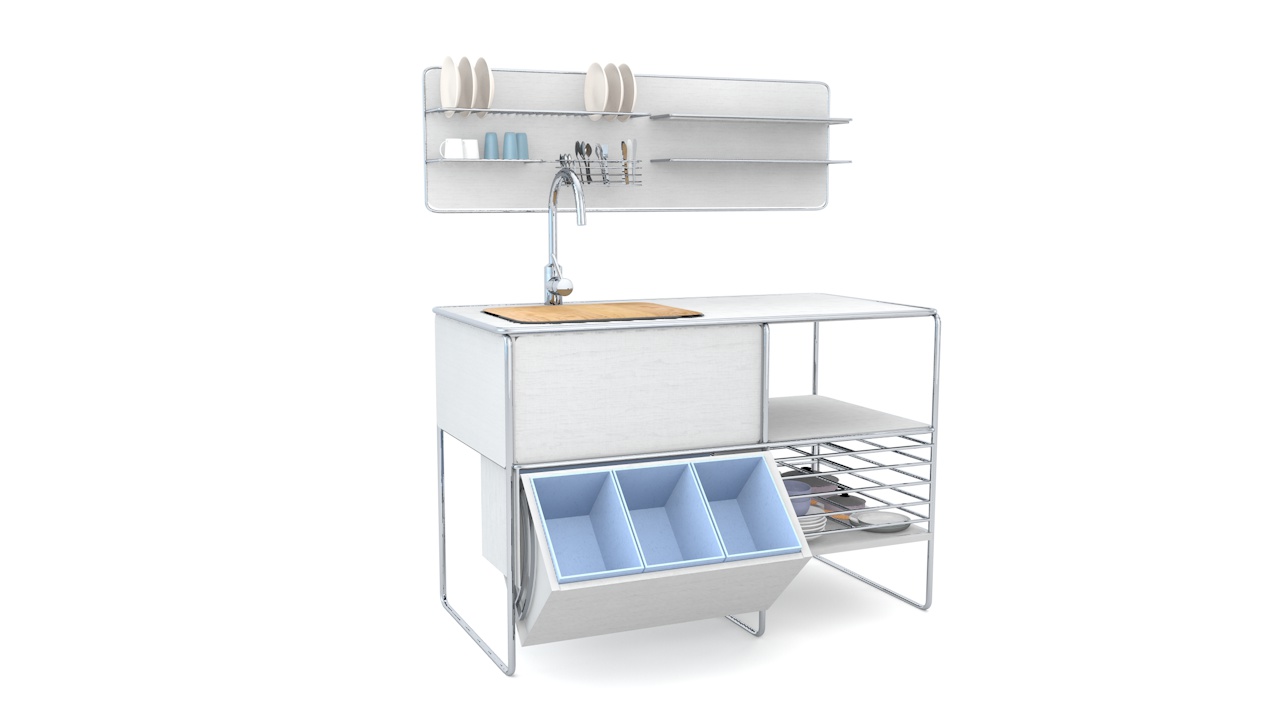
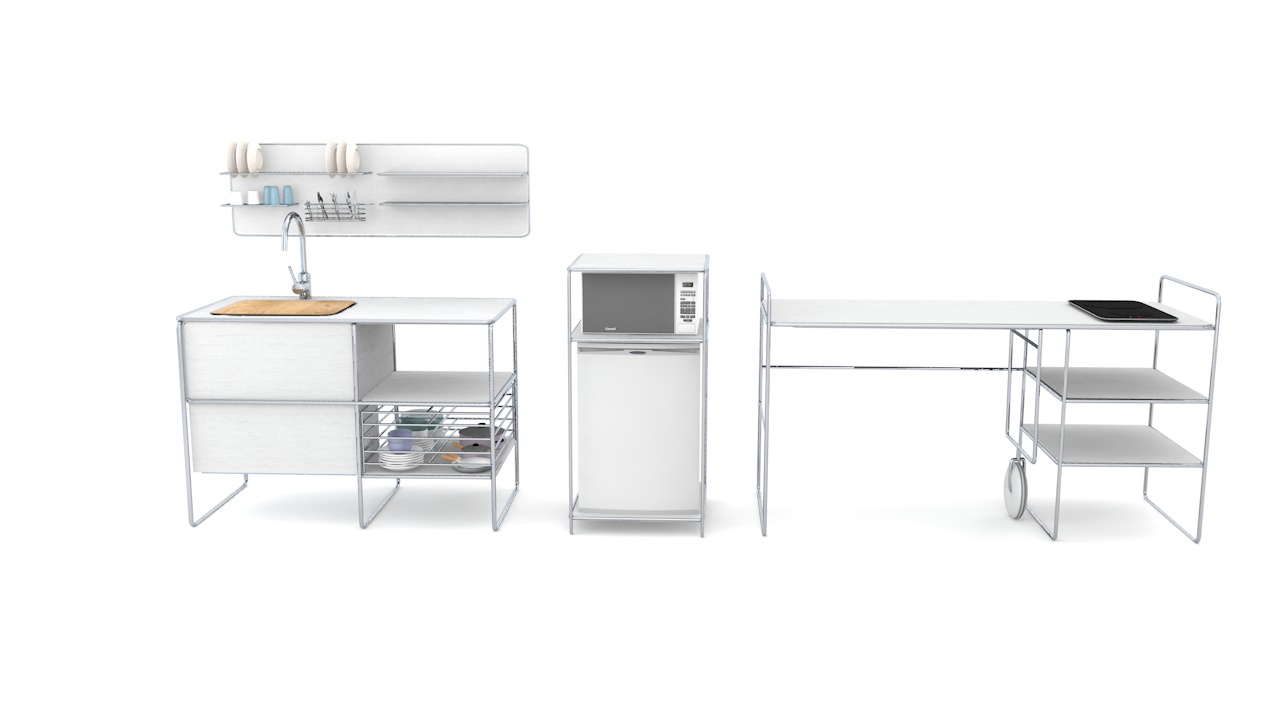
Workit: work the way you want
Modernity and functionality are two of the principles behind this design that easily adapts to whatever your job entails. The third principle is again the making sure that fits perfectly into social housing where there is often very little space. This ‘work kit’ designed by Salva Caballero features a set of furniture, accessories and modular profiles made from aluminium and Finsa boards. It’s incredibly versatile, easy to transform, and 100% customisable, meaning that you can create different spaces for work and storage. All the user has to do is choose how they want to position the shelves and the table to create a space that meets their needs.
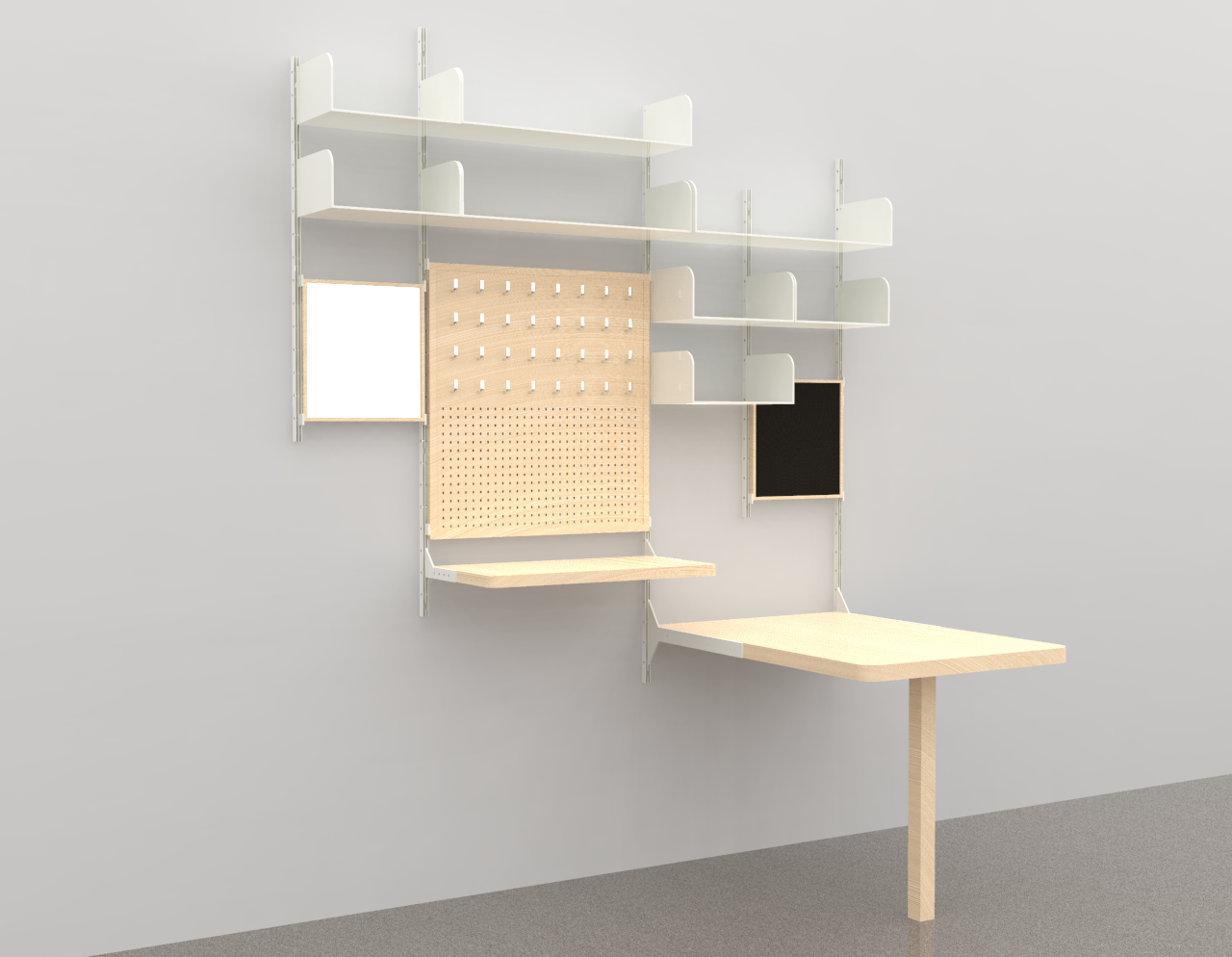
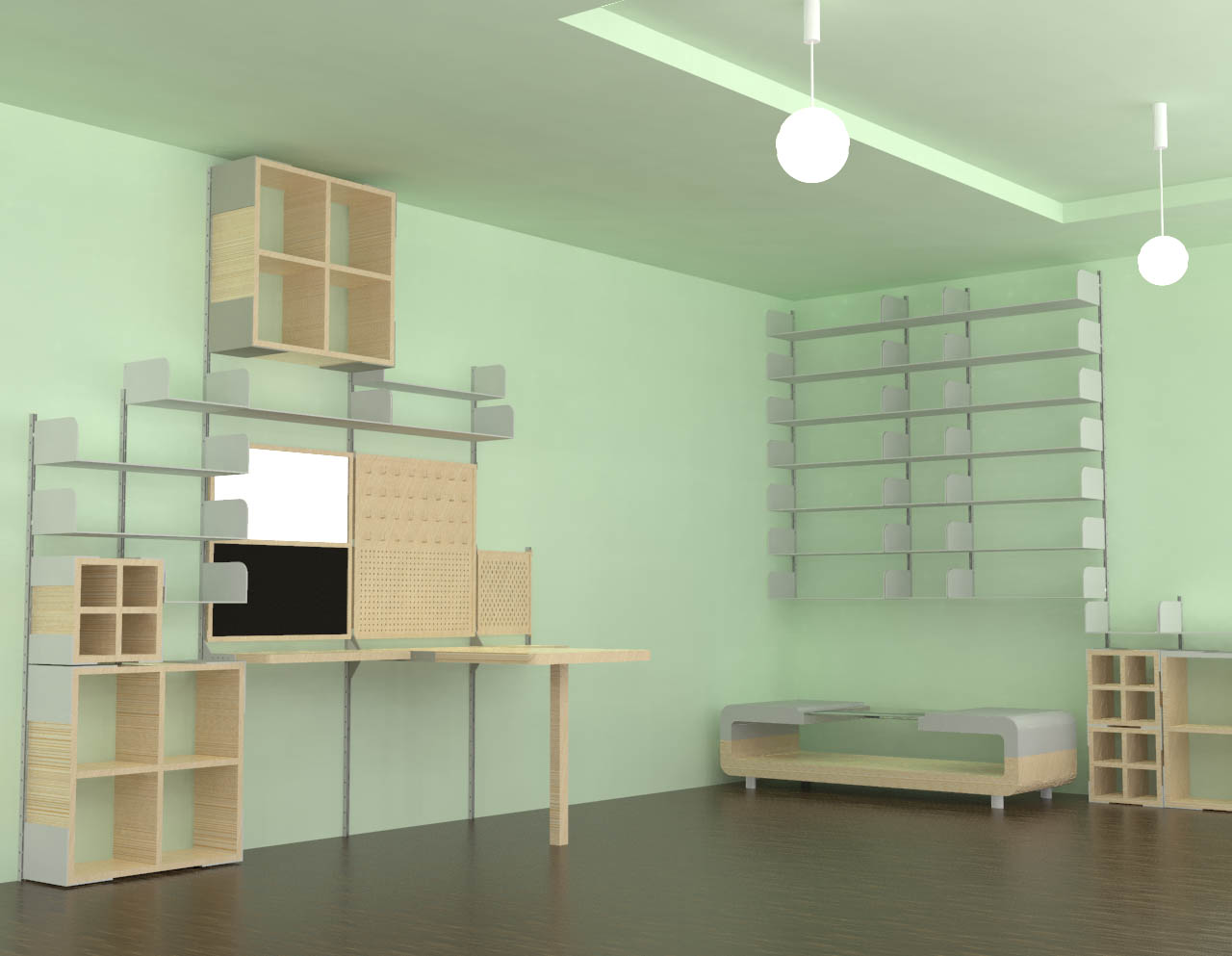
Things Outside the Box: collapsible and magnetic
Andrea Rey used Finsa materials for this series, which includes chairs/stools and folding tables that work together to make a container-house so much more liveable. The flexible, multi-purpose design offers many possibilities: position and use each piece inside the eco-container as needed and depending on the activity (i.e., dining, resting, or working), then put them away when they aren’t being used. You can even store them outside: each piece has magnets on one side, allowing users to attach them to the exterior steel walls of the shipping container. This helps create a functional layout in the home and uses the limited space in a smart way.
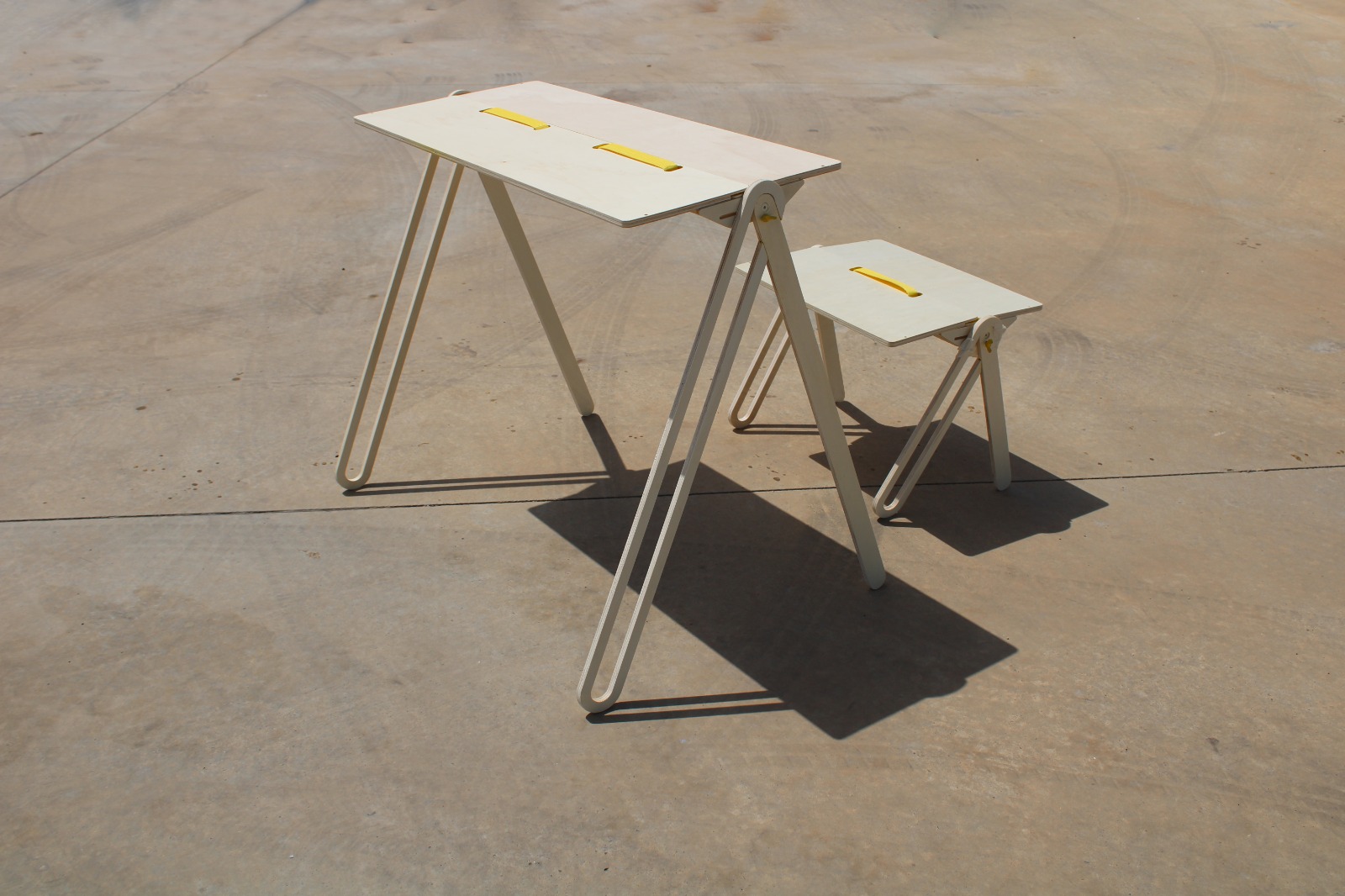
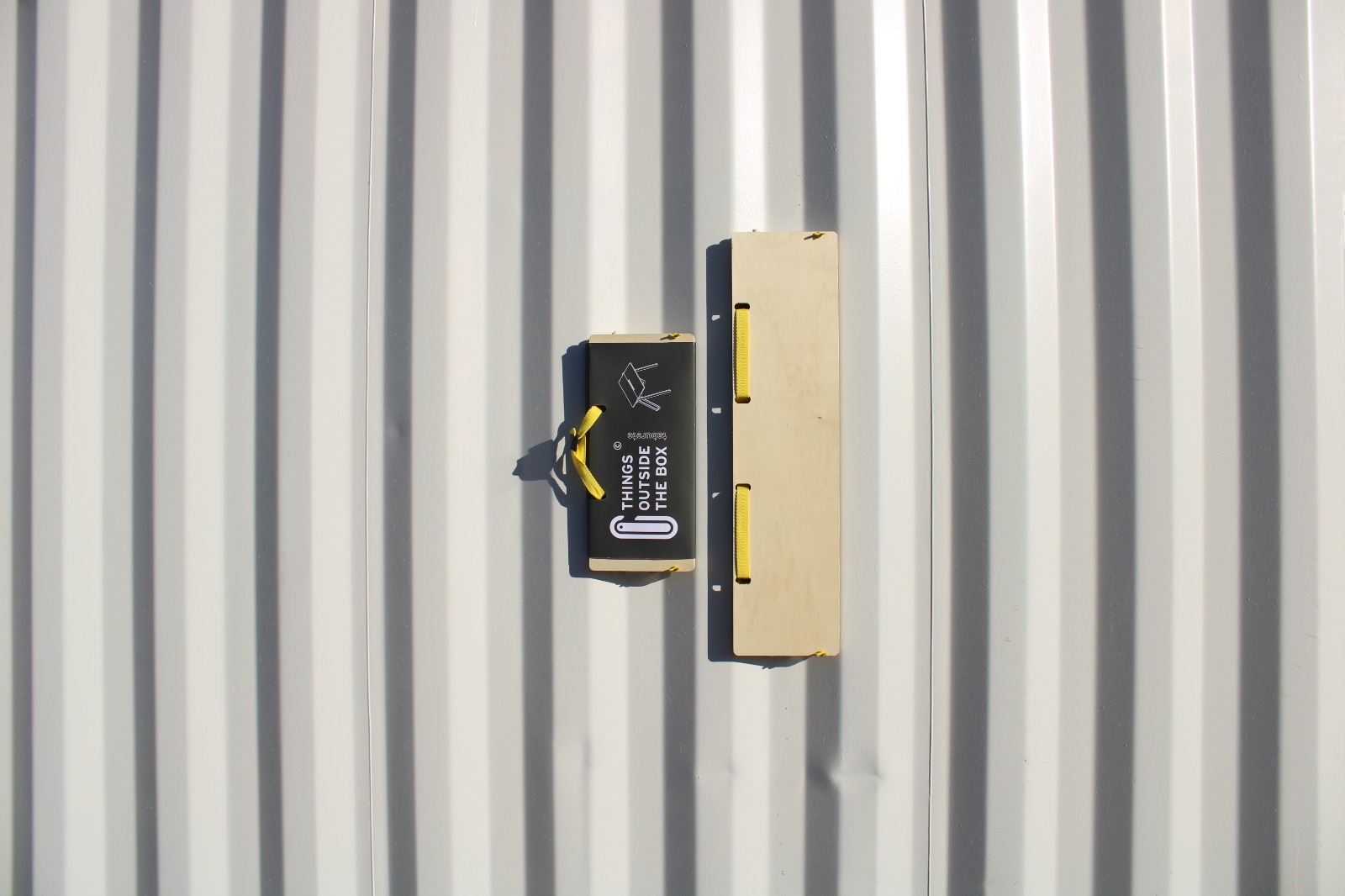
Flexa: three tables in one
This piece can be used as a side table, a small dining table, or a large dining table, making it three tables in one. Flexa by Gonzalo de la Hoz was designed to be a key piece of furniture for smaller homes. Thanks to a system based on the rotation and movement of the table’s legs, it can be transformed in line with the needs of the users and the available space. The light, low-density boards make the pieces lighter and easier to handle, while the melamine finish protects the timber from daily wear-and-tear.
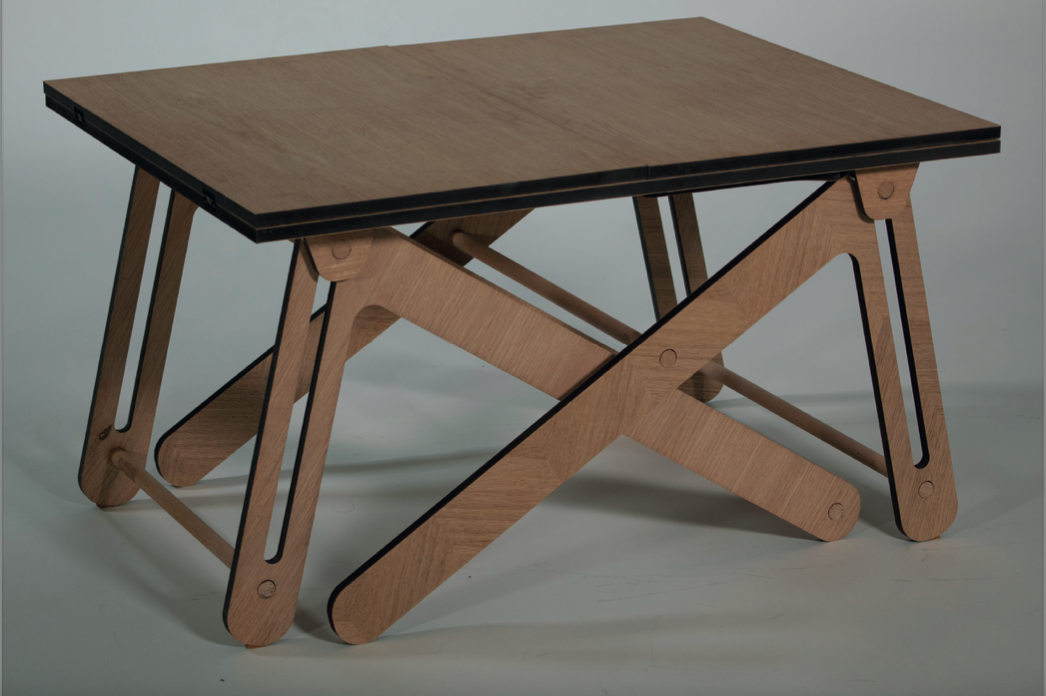
Alm: furniture that grows
Javier Amigo and Manu Pérez wanted to help people store their things without building a huge closet that would take up too much space in a small home. So, they came up with Alm, a modular storage piece whose height and width can be adjusted and that can continue to grow over time, adapting to the user’s needs. It’s made from Finsa timber and is easy to assemble, no screws required.
Simple: thinking of rest
This set, featuring a module and matching bench, creates a place to rest that’s perfect for a small house. Simple. Designed by Carlos Marín, it consists of two versatile and complementary pieces that allow the user to create the space they need. The pieces have a low production cost and, thanks to its multifunctionality, Simple breaks the cycle of “from the couch to the chair and back to the couch again” because the user can quickly set up a workspace or a multiuse table.
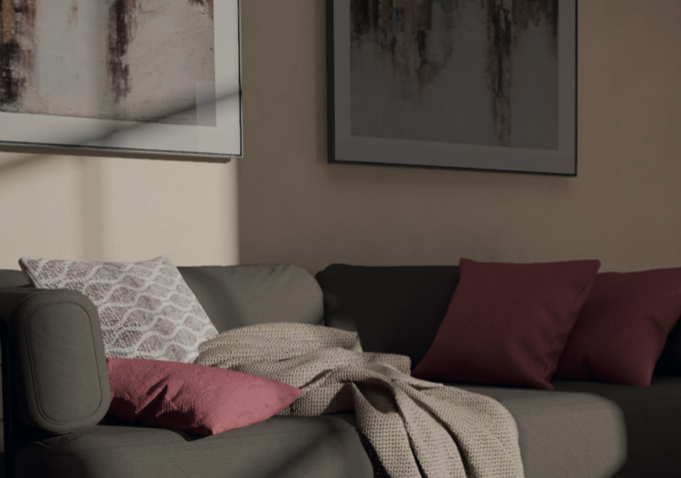
You can learn more about the Eco Contenedores Sociales project and download the prototype designs from the EASD website.





